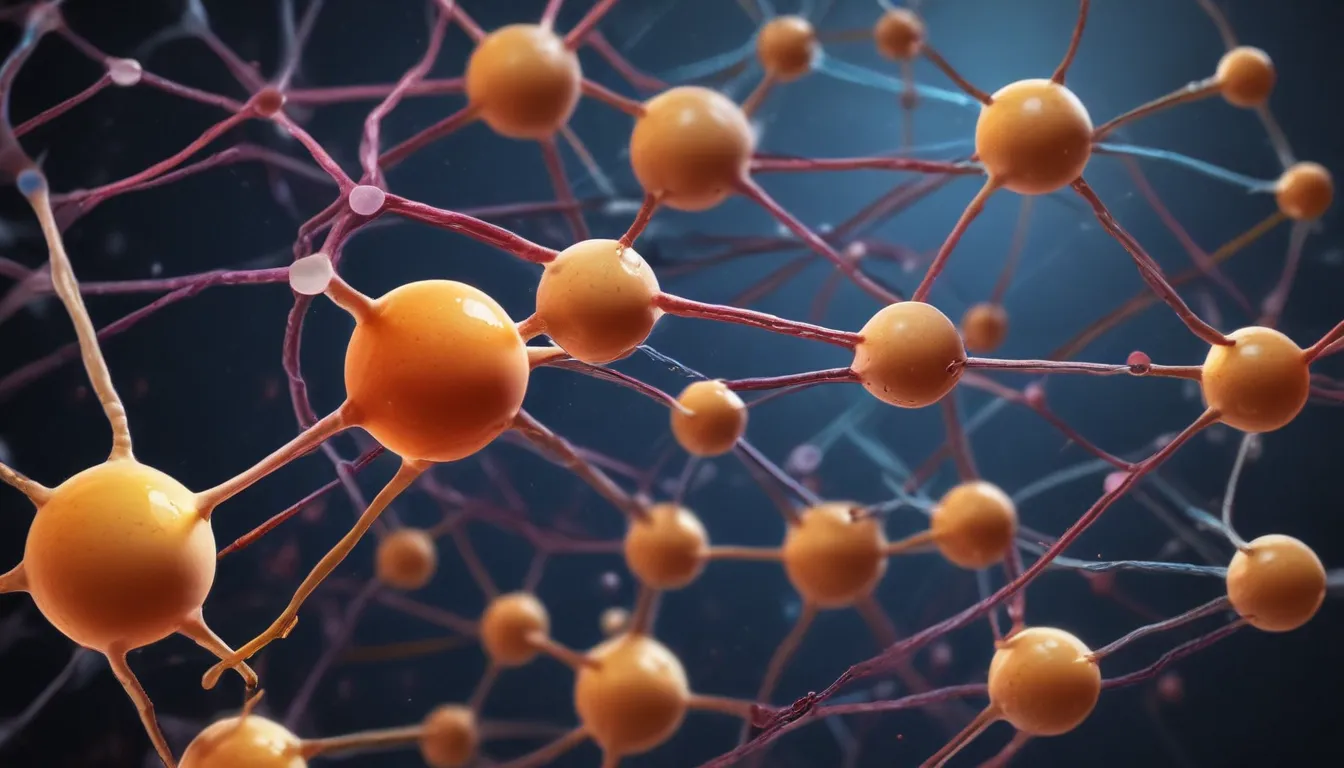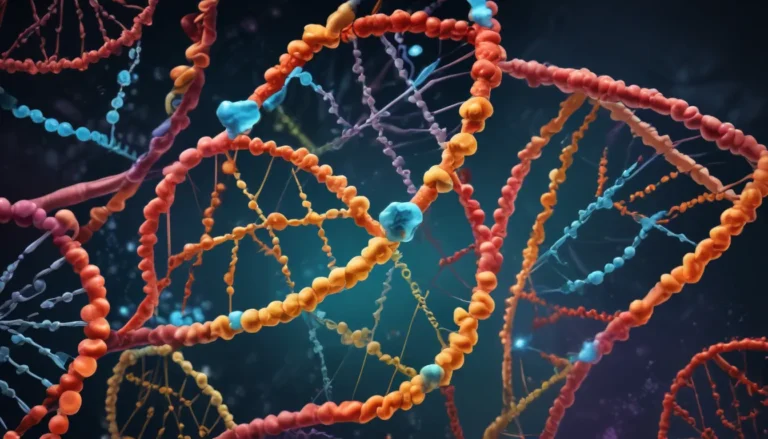A Note About Images: The images used in our articles are for illustration purposes only and may not exactly match the content. They are meant to engage readers, but the text should be relied upon for accurate information.
In the intricate world of biology, one molecule stands out as a powerhouse of energy – ATP, or adenosine triphosphate. This remarkable molecule serves as the primary energy currency in cells, fueling a myriad of biological processes essential for life. From muscle contraction to nerve impulses and DNA replication, ATP plays a vital role in sustaining and thriving life.
Let’s embark on a journey of discovery as we delve deep into the fascinating realm of ATP. Join us as we uncover 16 mind-blowing facts about this incredible molecule, from its structure and functions to its significance in the intricate machinery of cellular energy metabolism. Get ready to be amazed by the wonders of ATP!
The Vital Role of ATP in Cellular Energy Metabolism
- ATP is the “Energy Currency” of the Cell: ATP, or Adenosine Triphosphate, is often referred to as the “energy currency” of the cell. It serves as a vital molecule in transferring energy within cells to power various biological processes.
- ATP Structure and Composition: ATP consists of an adenine molecule, a ribose sugar, and three phosphate groups. The high-energy phosphate bonds within ATP provide the energy required for cellular activities.
Energy Production and Utilization in Cells
- ATP Production through Cellular Respiration: ATP is primarily produced through cellular respiration, where glucose and oxygen are metabolized to generate ATP, carbon dioxide, and water.
- ATP Turnover in the Human Body: On average, the human body contains around 250 grams of ATP, and an adult can use and regenerate their body weight worth of ATP each day.
Diverse Functions of ATP in Cell Physiology
- ATP is Used for Muscle Contraction: ATP is essential for actin and myosin proteins to slide past each other during muscle contraction, generating force.
- ATP is Involved in Active Transport: ATP powers carrier proteins that transport molecules across cell membranes against their concentration gradient.
- ATP is Used for Biosynthesis: ATP provides energy for the synthesis of proteins, lipids, carbohydrates, nucleic acids, and other cellular components.
- ATP is Involved in Signal Transduction: ATP serves as a signaling molecule in various cellular processes, initiating physiological responses.
Intriguing Facts About ATP and Cellular Functions
- ATP Provides Energy for Nerve Impulses: In nerve cells, ATP is essential for the transmission of nerve impulses and maintaining ion gradients.
- ATP in Bioluminescence: ATP plays a role in bioluminescent reactions observed in organisms like fireflies and deep-sea creatures.
- ATP in Photosynthesis: In photosynthetic organisms, ATP is generated during the light-dependent reactions of photosynthesis to convert carbon dioxide and water into glucose and oxygen.
Unraveling the Mysteries of ATP
The captivating world of ATP continues to intrigue scientists and researchers, offering a deeper understanding of cellular energy metabolism. From its crucial role in energy transfer to its multifaceted functions within cells, ATP remains a cornerstone of life’s vitality.
Exploring the Intricacies of Cellular Energy
As we journey through the wonders of ATP, we uncover the elegance and precision of biochemical processes that sustain life. From powering muscle contractions to maintaining cellular homeostasis, ATP showcases the remarkable machinery within our cells.
FAQs About ATP
- What is ATP?: ATP stands for Adenosine Triphosphate, the primary energy carrier in cells.
- How is ATP formed?: ATP is synthesized through cellular respiration, breaking down glucose to generate ATP molecules.
- What is the role of ATP in the body?: ATP plays a vital role in muscle contraction, nerve impulse transmission, and cellular homeostasis.
- Can ATP be stored in the body?: ATP cannot be stored in large amounts and is continuously regenerated by the body.
- Is ATP only present in humans?: ATP is present in all living organisms as a fundamental energy carrier.
- Can ATP be used as a dietary supplement?: ATP is not absorbed intact from dietary sources and is synthesized within the body.
- Can ATP be converted into other forms of energy?: ATP can be hydrolyzed to release energy and converted into ADP to power cellular processes.
Conclusion: The Remarkable Legacy of ATP
In conclusion, ATP (Adenosine Triphosphate) stands as an indispensable molecule in the tapestry of life, driving the intricate processes that sustain living organisms. From its discovery to its functions within the human body, ATP continues to captivate with its versatile roles and vital significance in cellular energy metabolism.
Join us in celebrating the wonder of ATP, the dynamic energy currency that powers life’s diverse activities and maintains the delicate balance of cellular functions. Embrace the beauty of biochemistry as we unravel the mysteries of ATP and delve deeper into the realms of cellular energy production.
Dive Deeper Into Cellular Energy
Curious to explore more about how our cells generate ATP through aerobic respiration or the fascinating process of cell respiration? Discover intriguing facts about cellular energy metabolism that will leave you in awe of the incredible machinery within our cells.
Acknowledgment of Trust and Quality
Our commitment to delivering trustworthy and engaging content is unwavering. Each fact shared on our platform is contributed by real users like you, ensuring diverse insights and accurate information. With dedicated editors ensuring the highest standards of authenticity and credibility, you can trust in our commitment to quality as you explore and learn with us.






